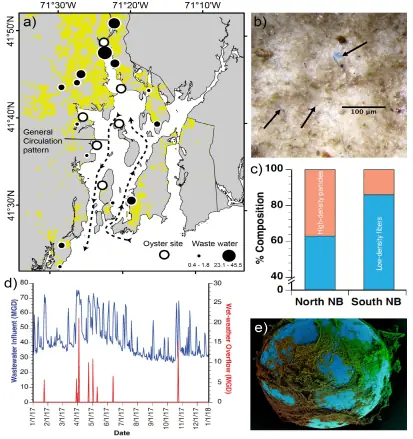Coupling Indigenous knowledge and ecogeochemistry in coral reef ecosystems

Today, nearly everyone in the world, everywhere, every single day comes into contact with plastics. Plastics are light-weight, durable, inexpensive, and easily modified, making it a ubiquitous material of the modern economy. However, these same properties that make plastic so important also directly contribute to their prevalence in, and negative impacts on, the environment. Filter-feeding bivalves, such as oysters, have become a primary research focus for studying the impacts of plastic pollution on marine ecosystems given their abundance in heavily human-impacted coastal ecosystems, their ability to process large volumes of water during feeding, and their potential to serve as direct vectors of microplastics to humans through consumption. Given the prevalence of microplastics in the marine environment, it is critical to understand the potential health risks they pose to oysters and the coastal communities, sustainable fisheries, and aquaculture they support within Rhode Island. Within this project, our objective is to link environmental plastic load assessments with controlled microcosm and mesocosm experiments using natural plastic concentrations to provide coherent, mechanistic interpretations of the roles that microplastics play as vectors for pollutants and pathogens in coastal bivalve-based food webs. This information will arm stakeholders, policy makers, and the general public with knowledge and data to better understand the fate of microplastics in the coastal waters of Rhode Island and New England.
Our goal in the Ocean State Initiative for Marine Plastics (OSIMAP) is to advance our mechanistic understanding of the impact of microplastics, pollution, disease and ocean warming on commercially important shellfish species. We aim to improve our risk-assessment capabilities, by focusing on testing a novel hypothesis that microplastics will enhance the impact of pollutants and pathogens within marine food webs (e.g. Eastern Oyster, Crassostrea virginica). In turn, we will determine how predator-prey relationships with higher trophic level consumers are impacted under future ocean warming scenarios (e.g. Blue Crab, Callinectes sapidus), and quantify the potential for food web transfer of microplastics, pollutants, and disease.